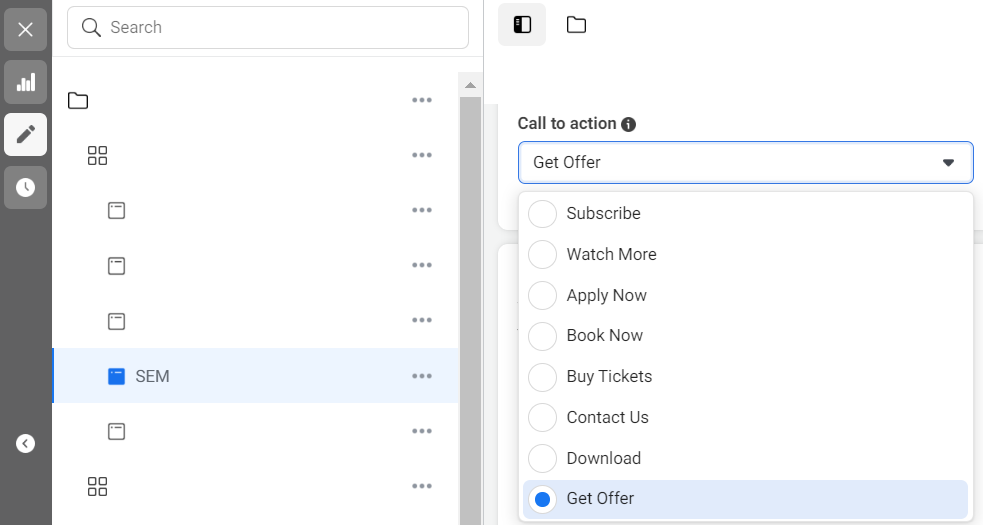
Technical SEO vs On Page SEO: A Comprehensive Comparison
In the world of search engine optimization (SEO), there are two major components that digital marketers often focus on: technical SEO and on page SEO. While both play crucial roles in helping websites rank higher on search engines, they have distinct functions and strategies. In this article, we’ll dive into the differences between technical SEO and on page SEO, explore their importance, and provide practical tips for implementing both. This guide is perfect for anyone looking to improve their website’s visibility and rankings on the Technical SEO vs On Page SEO dispute.
What is Technical SEO?
Technical SEO refers to the optimization of the infrastructure and foundation of a website. It involves improving the backend components to ensure search engines can crawl, index, and rank the site efficiently. Technical SEO is often unseen by users but plays a vital role in how search engines interpret your site.
Key Aspects of Technical SEO:
Site Speed: Fast-loading websites provide better user experiences and rank higher. Optimizing images, using a Content Delivery Network (CDN), and minimizing CSS/JavaScript can all boost speed.
Mobile Optimization: Since Google uses mobile-first indexing, it’s critical that websites are mobile-friendly. This means ensuring that your site performs well on smartphones and tablets.
Crawlability: Technical SEO ensures that search engine bots can efficiently crawl your website. This includes submitting a proper XML sitemap and optimizing robots.txt files.
HTTPS Security: Websites with HTTPS are prioritized by search engines over those using HTTP. Ensuring your site is secure can also build trust with visitors.
Structured Data Markup: Using schema markup helps search engines understand the content on your website more clearly, allowing them to display rich results in the search engine results pages (SERPs).
Canonicalization: This prevents duplicate content issues by specifying the main version of a page when multiple versions exist (e.g., with or without “www” or “https”).
What is On Page SEO?
On page SEO refers to optimizing individual web pages to improve their rankings on search engines. It focuses on both the content and the HTML source code of a page. While technical SEO focuses on the backend, on page SEO is all about what users (and search engines) see on the front end.
Key Aspects of On Page SEO:
Keyword Optimization: Using relevant keywords throughout the content, headers, meta descriptions, and titles ensures search engines understand the context of the page. But avoid keyword stuffing, as it can lead to penalties.
Content Quality: High-quality, informative, and engaging content is critical for ranking well. It should answer users' search queries comprehensively and offer value.
Title Tags and Meta Descriptions: The title tag is one of the most important elements of on page SEO. Meta descriptions, while not a direct ranking factor, influence click-through rates (CTR) from SERPs.
Internal Linking: Linking to other relevant pages on your site helps search engines crawl your content more efficiently. It also distributes page authority across your website.
Header Tags (H1, H2, etc.): Properly structured content with appropriate header tags (H1 for the main title, H2/H3 for subheadings) helps both users and search engines navigate the page.
URL Structure: Clean, keyword-rich URLs that describe the content of the page are not only user-friendly but also beneficial for SEO.
Key Differences: Technical SEO vs On Page SEO
While both technical and on page SEO are critical to the success of your SEO strategy, they focus on different aspects of optimization:
| Technical SEO | On Page SEO |
|---|---|
| Involves backend optimizations | Focuses on the front-end content |
| Ensures proper site structure and security | Involves keyword usage and content quality |
| Deals with crawlability and indexing | Aims at user engagement and relevancy |
| Requires technical knowledge (e.g., coding) | Can be implemented without coding skills |
Why Both Are Essential
Relying on either technical SEO or on page SEO alone won’t yield the best results. Search engines not only assess the quality of content but also how efficiently a website runs. A well-optimized page that loads slowly or is difficult to crawl won’t rank as high as a page that performs well in both technical and on page aspects.
Technical SEO for Crawlability and Speed: Search engines can’t rank what they can’t crawl. A well-optimized technical foundation ensures that bots can access your pages without issues.
On Page SEO for User Engagement: Even if your site is technically flawless, you won’t rank well without valuable and optimized content that keeps users engaged.
Practical Tips for Implementing Both
How to Improve Technical SEO:
- Use tools like Google PageSpeed Insights to assess and improve your website’s load time.
- Ensure your site is mobile-friendly by using responsive design.
- Regularly check for crawl errors in Google Search Console and fix them promptly.
- Implement SSL certificates to convert your site from HTTP to HTTPS.
How to Improve On Page SEO:
- Conduct keyword research to find terms relevant to your audience and industry.
- Create high-quality content that addresses user search intent.
- Optimize your meta tags, title tags, and URL structures for clarity and relevance.
- Regularly update old content to keep it fresh and relevant.
Conclusion
Understanding the differences between technical SEO and on page SEO is critical for building a comprehensive SEO strategy. Both are essential to driving traffic and improving search engine rankings. A technically optimized site with engaging, relevant content will give you the best chance of outperforming competitors and increasing visibility on Google and other search engines.
By mastering both technical and on page SEO, you’re ensuring that your website not only ranks higher but also provides a seamless and valuable user experience.



